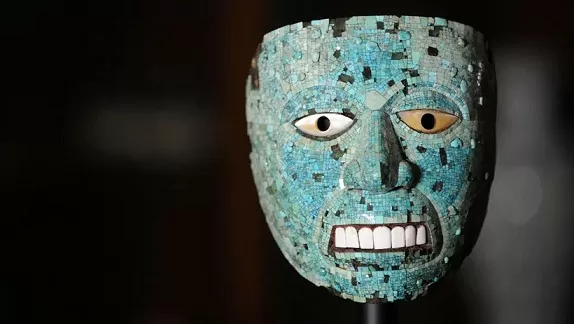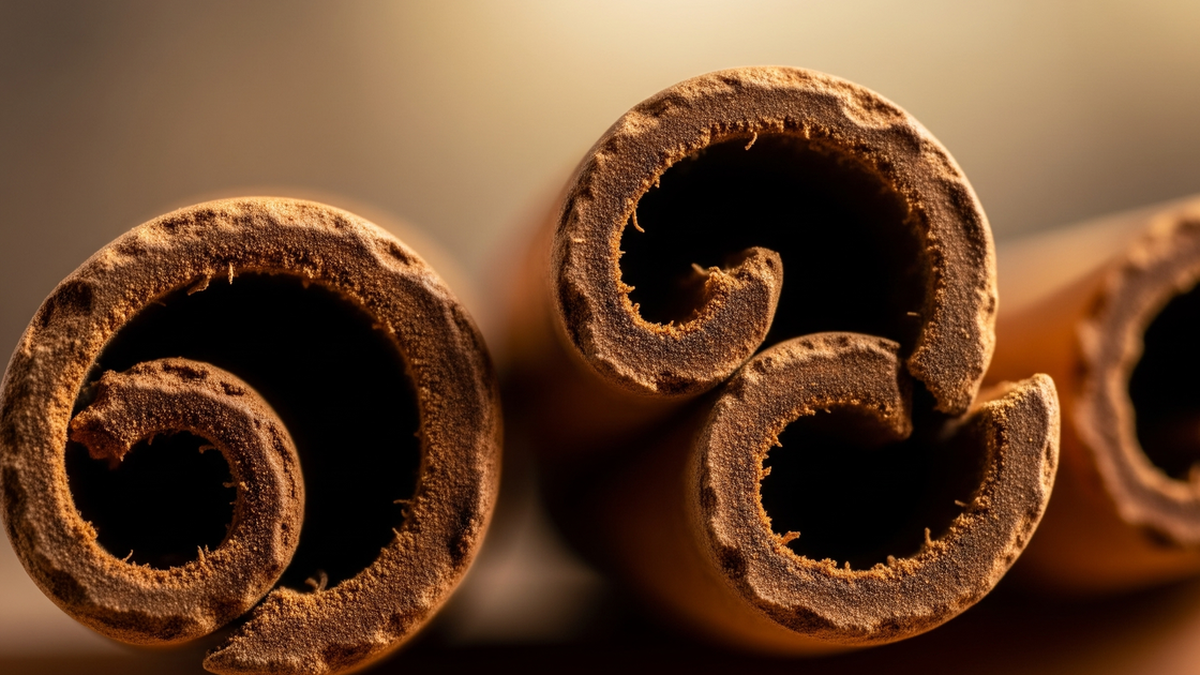The Xiuhtecuhtli mask, on display at the British Museum in London, is one of the turquoise artifacts that Spanish conquistador Hernán Cortés took from the Aztec Empire and brought back to Europe as a treasure in the early 16th century.
 |
| The mask, made of wood and inlaid with turquoise, represents Xiuhtecuhtli, the Aztec god of fire. (Source: PA Images) |
According to experts at the British Museum, the blue mask may represent cycles of renewal in the history of the Aztecs in the Americas. The mask is carved from cedar wood and decorated with turquoise mosaics, gold-rimmed pearl eyes, and conch shell teeth.
The inside of the mask is coated with cinnabar, a brick-red mineral that contains mercury. The mask is about 16.8 centimeters tall and has small holes in the temples, suggesting that it was once worn with strings.
Xiuhtecuhtli, which means “lord of turquoise” in the Nahuatl language, was the name of the Aztec god of fire. The Aztecs kept a “holy fire” burning continuously in the Fire Temple in the city of Tenochtitlan. All other lamps in the city were powered by this fire.
Every 52 years, Aztec priests would let the fire go out. The highest priest, wearing a turquoise mask representing Xiuhtecuhtli, would then perform the Xiuhtlalpilli, or “new fire ceremony,” to pray for the renewal and growth of Aztec civilization for another half century.
Darker turquoise mosaics on the cheeks and nose of the mask form a butterfly shape, another symbol of innovation in Aztec culture.
Researchers believe the turquoise mosaics on the mask may depict the Aztec god Nanahuatzin, who sacrificed himself by jumping into a fire and then transformed into the Sun.
The Aztecs were a Mesoamerican culture that flourished in central Mexico during the Late Classic period from 1300 to 1521. The Aztec civilization was organized into city-states (altepetl), often allied with one another in the form of empires or confederacies.
Source: https://baoquocte.vn/ky-bi-chiec-mat-na-co-600-nam-tuoi-cua-than-lua-aztec-295151.html




















































![[Maritime News] More than 80% of global container shipping capacity is in the hands of MSC and major shipping alliances](https://vphoto.vietnam.vn/thumb/402x226/vietnam/resource/IMAGE/2025/7/16/6b4d586c984b4cbf8c5680352b9eaeb0)













































Comment (0)